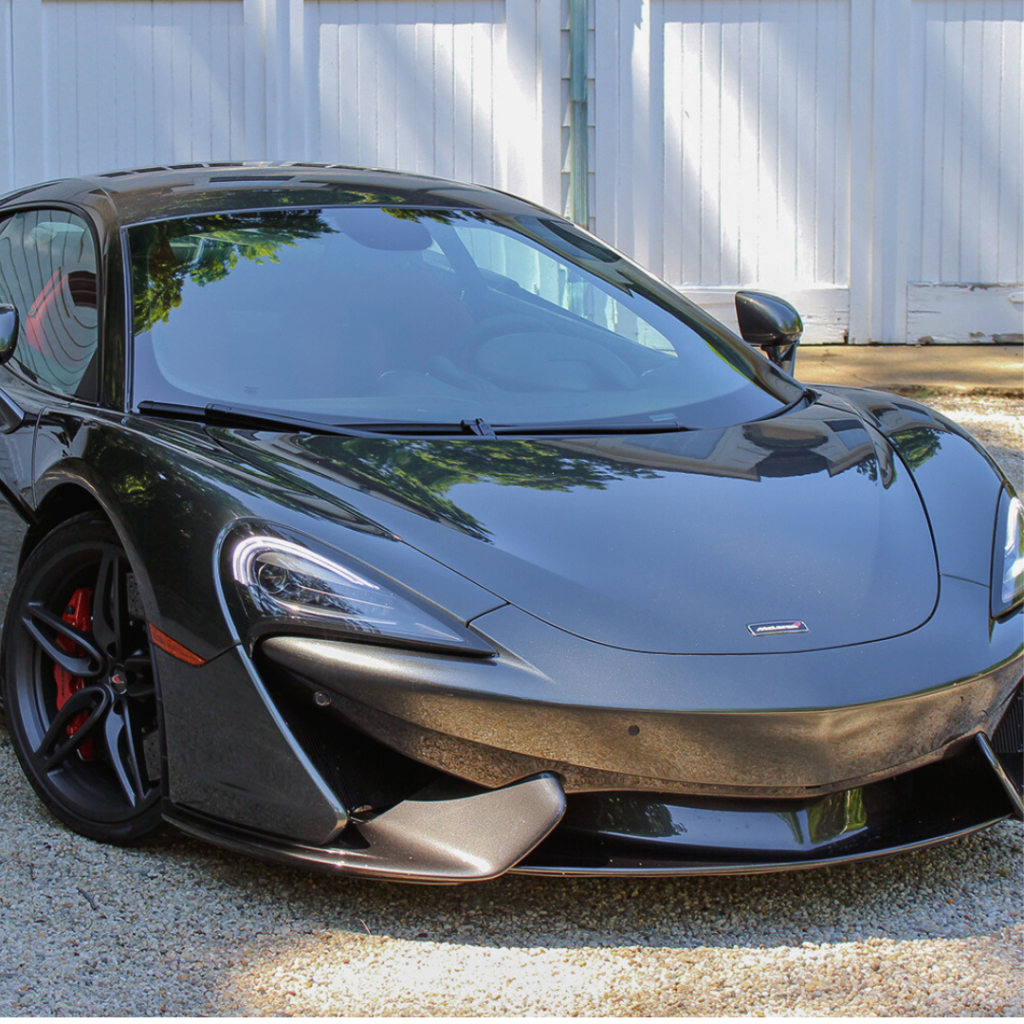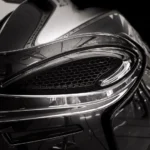
The Evolution of McLaren Cars: From Racing Legends to Luxury Icons
McLaren has come a long way since its humble beginnings as a racing team in the 1960s. Over the years, the company has evolved to become one of the most respected names in the automotive industry, producing some of the most advanced and sought-after supercars in the world. In this article, we will take a closer look at the evolution of McLaren cars, from their early racing days to their current status as luxury icons.
Racing Roots
McLaren’s origins can be traced back to the early 1960s when New Zealand racing driver Bruce McLaren founded the Bruce McLaren Motor Racing team. The team quickly gained a reputation for success on the track, winning its first race just a year after its formation.
In 1966, the team entered the world of Formula 1 racing, and over the next few years, McLaren drivers would win a number of prestigious races and championships. In 1968, Bruce McLaren himself even won the Belgian Grand Prix, making him the youngest driver ever to win a Formula 1 race at the time.
During this time, McLaren also began producing race cars, including the M6 GT and the M8B. These cars were designed for speed and performance, with powerful engines and aerodynamic bodies that were optimized for racing.
Transition to Road Cars
In the 1980s, McLaren began to shift its focus from racing to road cars. The company’s first road car, the McLaren F1, was introduced in 1992 and quickly became a sensation. It featured a sleek and aerodynamic design, a powerful BMW engine, and a top speed of over 240 mph.
The F1 was also notable for its innovative central driving position, which was inspired by Formula 1 race cars. This gave the driver an unparalleled view of the road, as well as a more engaging and immersive driving experience.
In the years that followed, McLaren continued to produce a range of high-performance road cars, including the MP4-12C, the 650S, and the 720S. These cars were designed to be both fast and luxurious, with advanced features like active aerodynamics, carbon fiber chassis, and powerful engines.
Innovation and Technology
One of the key factors in McLaren’s success has been its commitment to innovation and technology. The company has always been at the forefront of automotive engineering, pushing the boundaries of what is possible in terms of speed, performance, and design.
One example of this is McLaren’s extensive use of carbon fiber in its cars. Carbon fiber is a lightweight and strong material that is widely used in the aerospace industry. McLaren was one of the first car manufacturers to adopt carbon fiber in its designs, and today, it is a key component in all of the company’s road cars.
McLaren has also been a pioneer in the use of active aerodynamics. This technology allows the car to adjust its wing and body positions in real time, depending on driving conditions. This can improve stability, reduce drag, and increase downforce, all of which are critical factors in achieving high speeds and optimal performance.
Luxury Icons
Today, McLaren is not just known for its speed and performance but also for its luxury and exclusivity. The company’s cars are considered to be some of the most desirable and sought-after vehicles in the world, with prices that can reach millions of dollars.
One example of this is the McLaren Speedtail, which was introduced in 2018. The Speedtail is a limited-edition hybrid hypercar with a sleek and futuristic design and a top speed of over 250 mph. Only 106 units were produced and sold out within months of the car’s debut





